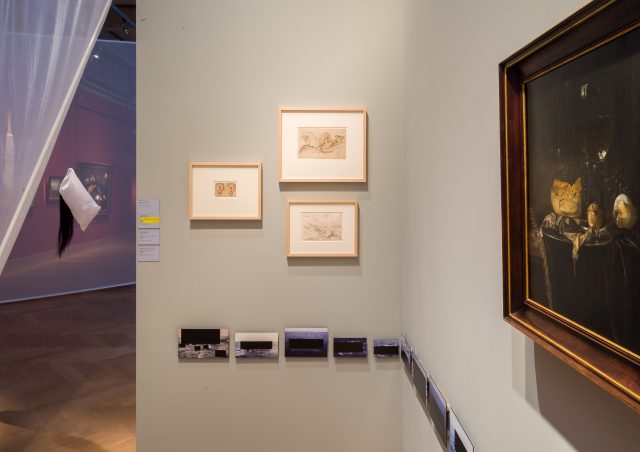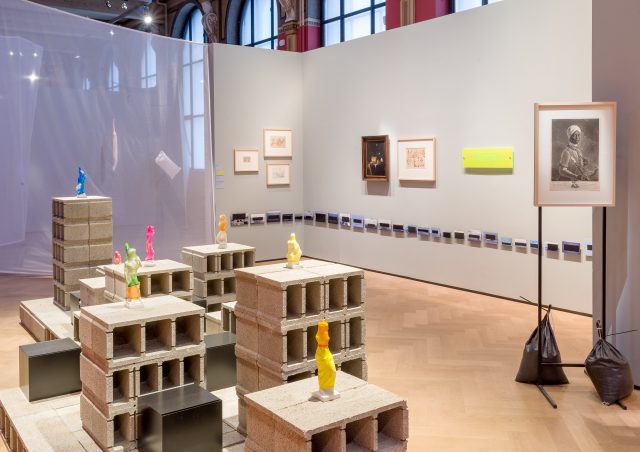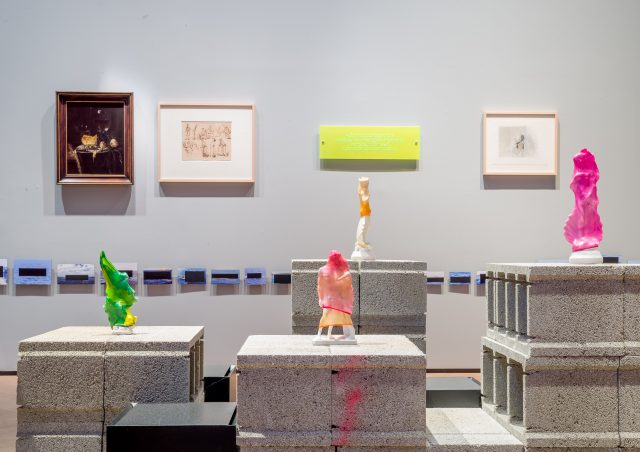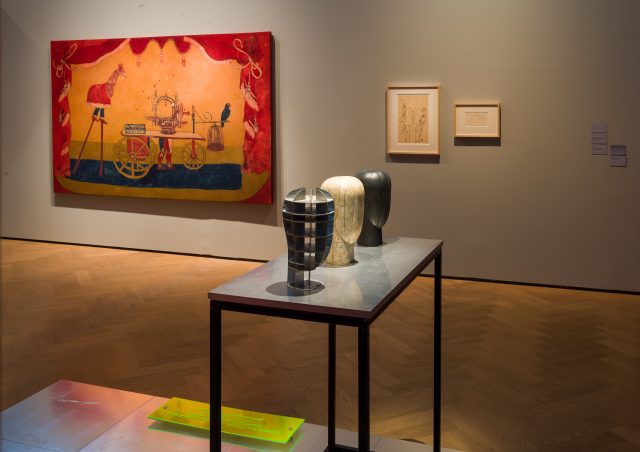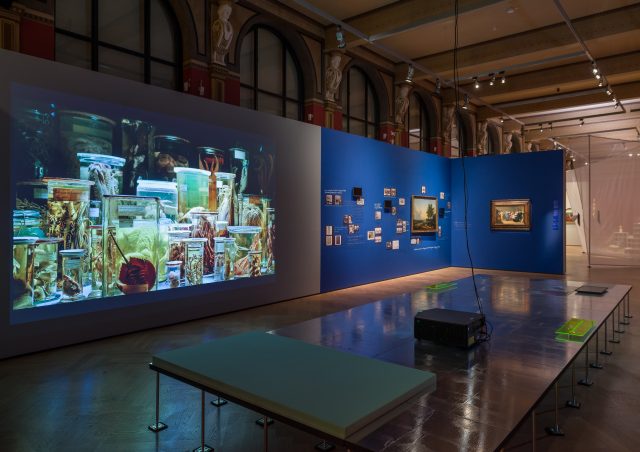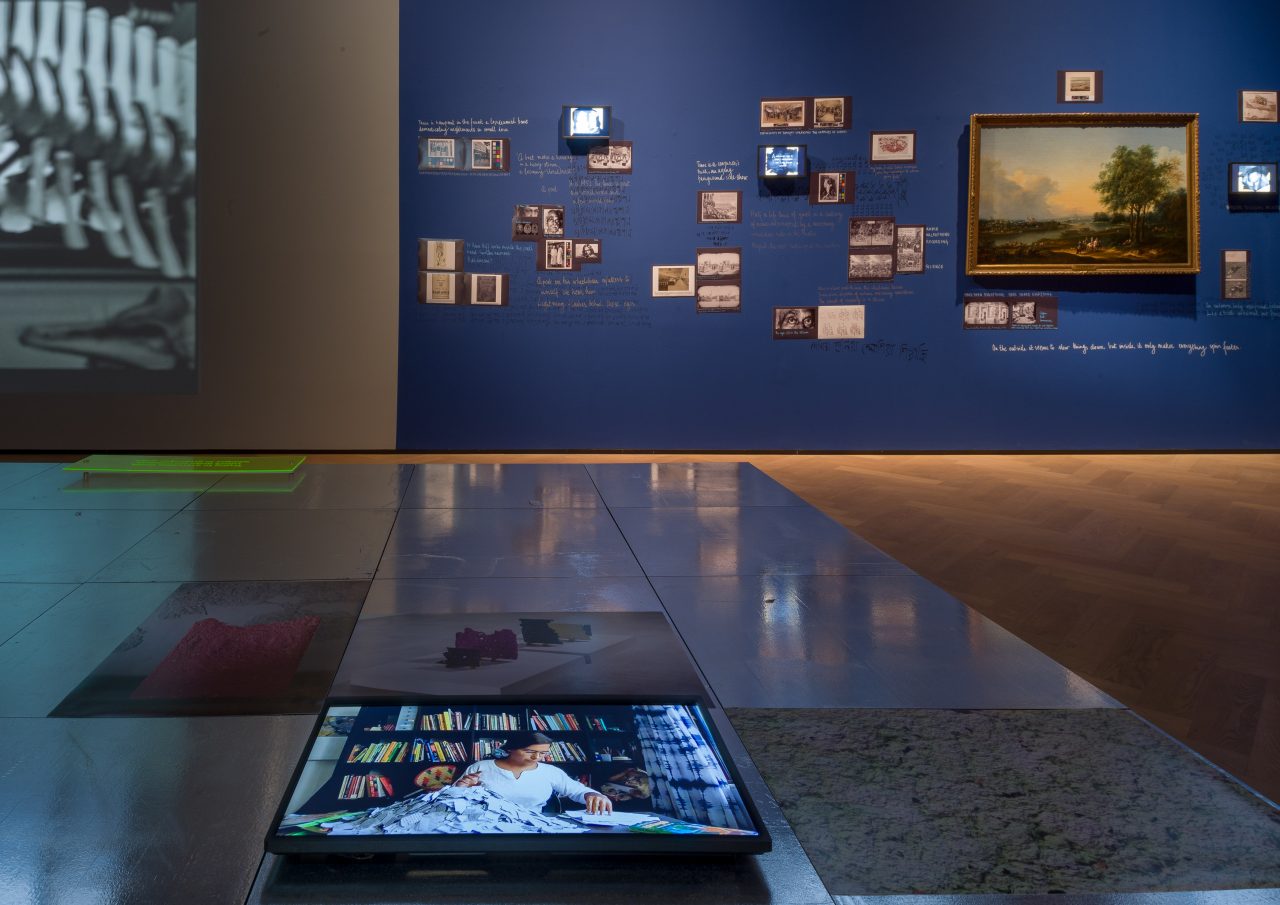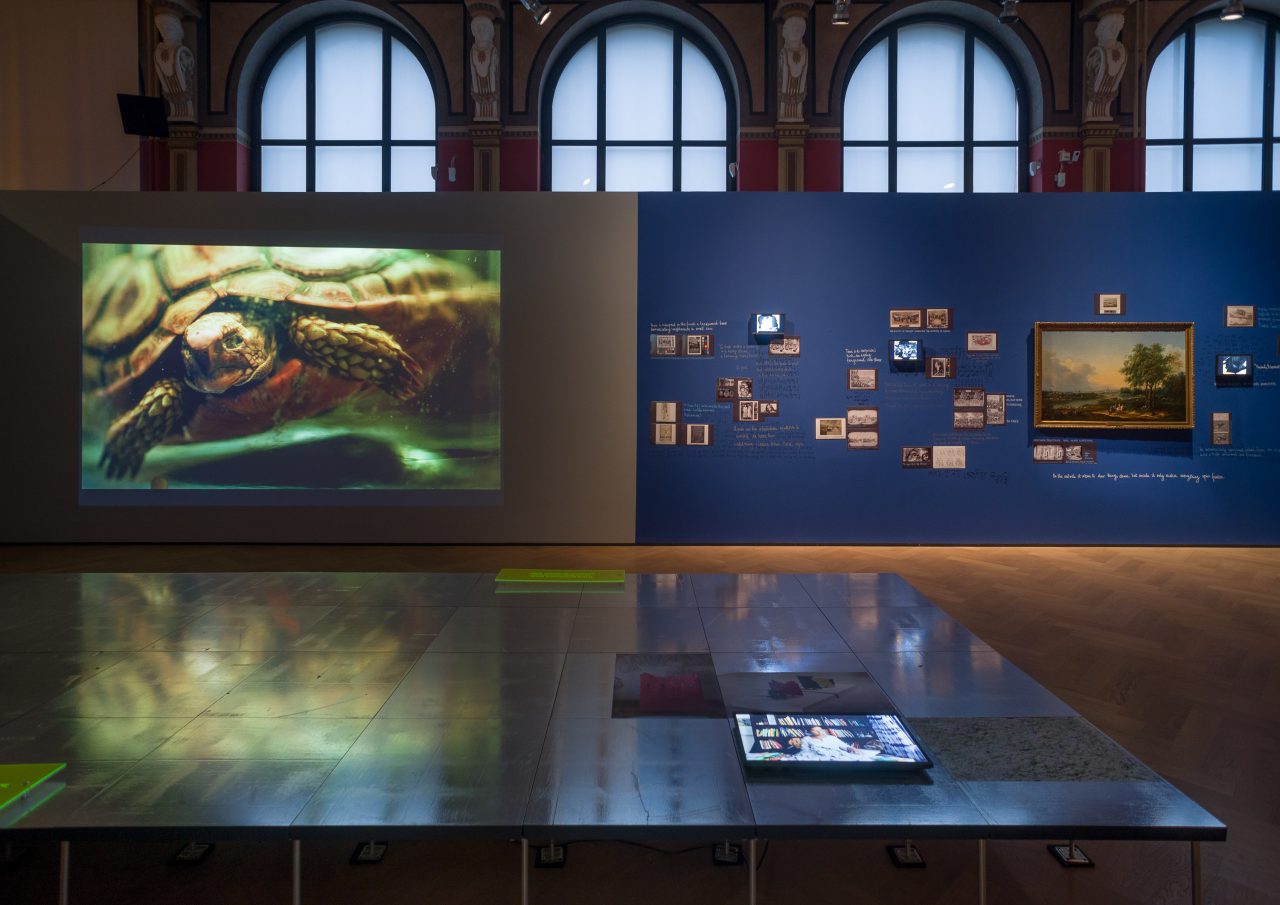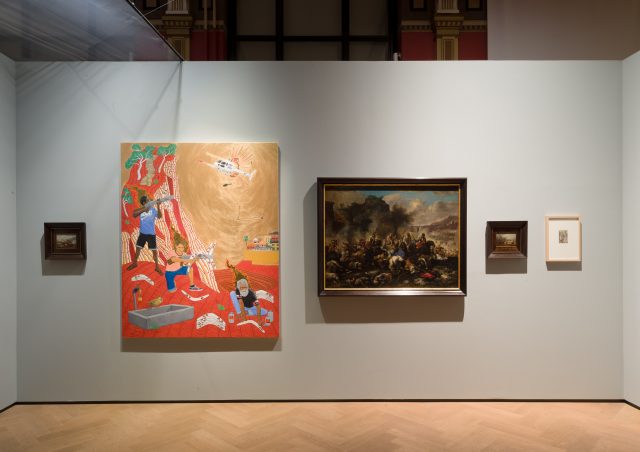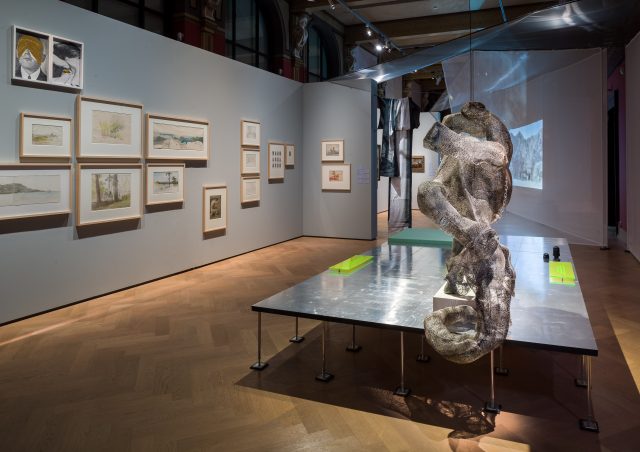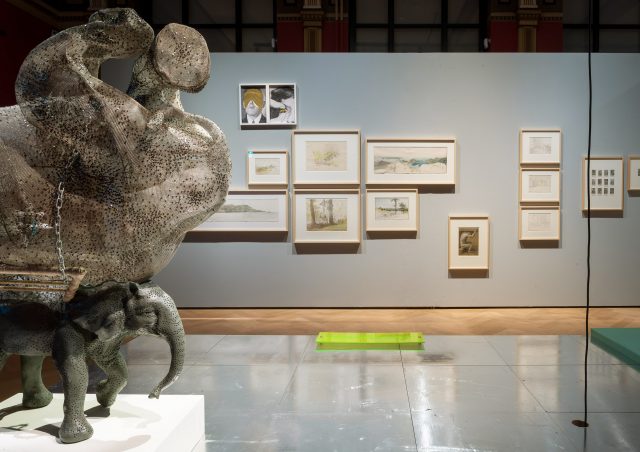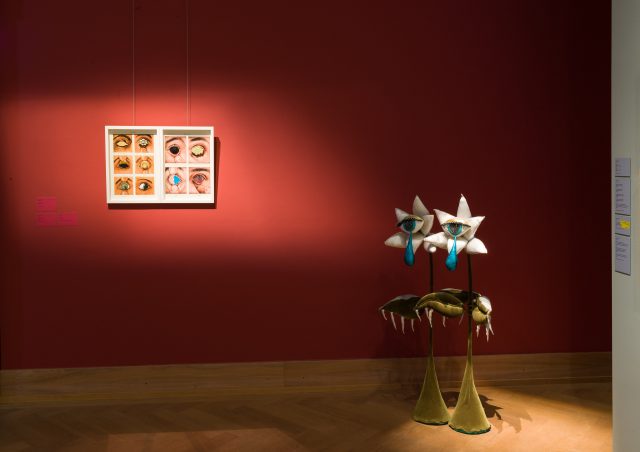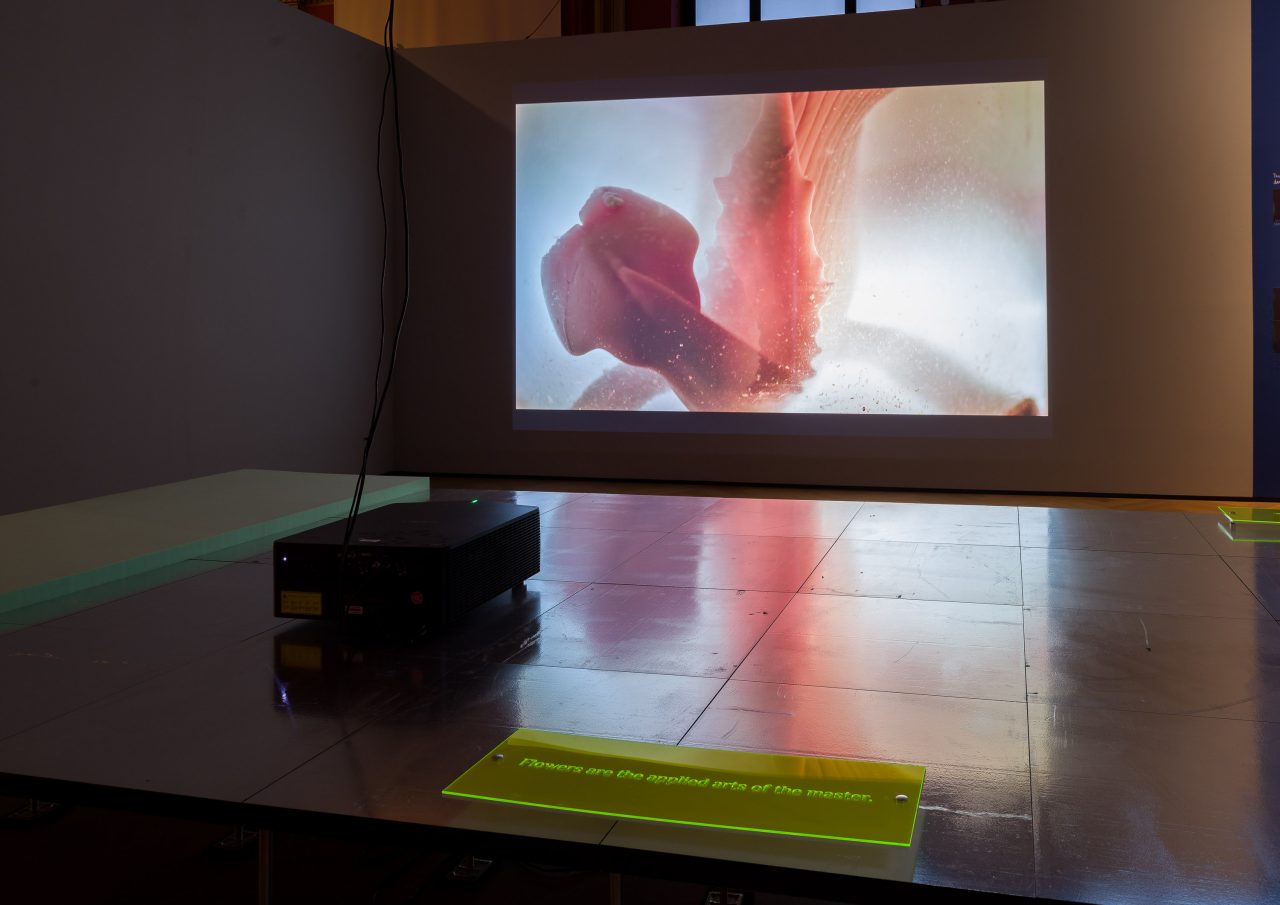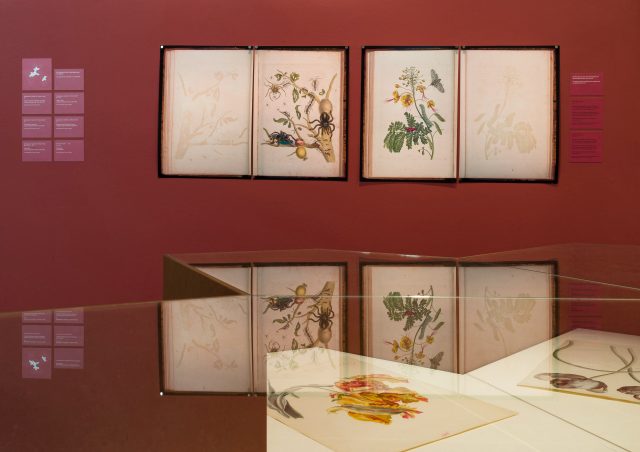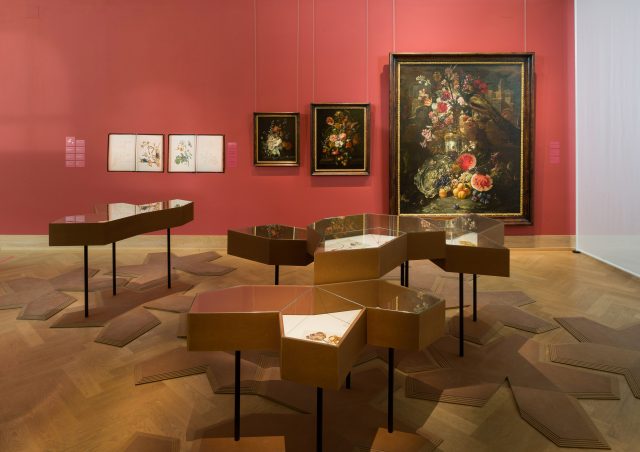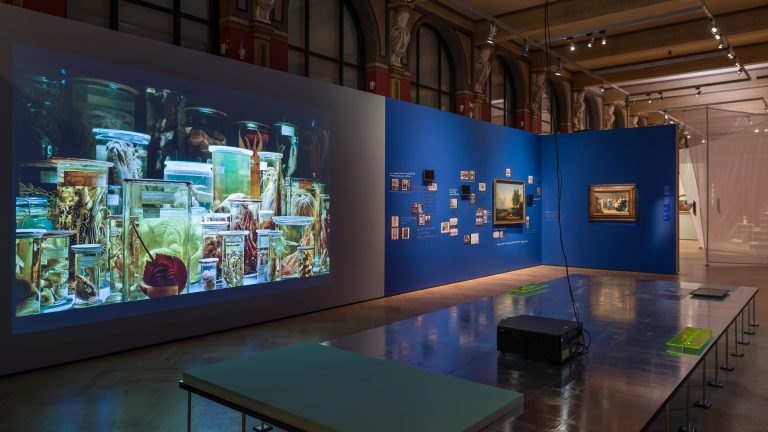Hungry For Time
An invitation to epistemic disobedience with Raqs Media Collective
Art Collections of the Academy of Fine Arts Vienna (2021-2022)
On the occasion of the reopening of the Academy of Fine Arts Vienna, Raqs reimagines the institution’s historical collections in Hungry for Time.
With twenty-nine contemporary artists alongside historical works, the exhibition creates a space where the past, present, and future converge and clash. It re-imagines time not as a linear progression but as a dynamic interplay of premonitions, disruptions, and confrontations.
Contemporary works engage with the Academy’s collections, exploring whether we can have premonitions of the past. The exhibition fosters dialogues that reshape how we understand history and its artifacts, presenting a layered interplay of memory and reimagination.
Raqs conceives the exhibition into ten scenes, along with an epilogue and prologue. Each scene invites viewers to explore the flux of time, acting as an event, a pathway, and an invitation that flows into the next. Works from the Academy’s historical collections—including Hieronymus Bosch’s Last Judgment Triptych and graphic art by Thomas Ender—anchor these scenes. Contemporary contributions enhance these spaces, bringing new perspectives to the core ideas. Together, they expose the impermanence of making, the fragmented narratives of history, and the inevitable entropy of time.
Instead of following a traditional chronology of epochs, styles, or hierarchies of originals and copies, the scenes disrupt the collections’ internal logic. Some also include interlocutors like the Discursive Justice Ensemble (Kabelo Malatsie, Michelle Wong, Lantian Xie) or the artist duo SPLICE (Rohini Devasher and Pallavi Paul), adding layers to the narrative.
Hungry for Time invites viewers into a non-linear experience where time unfolds in fragments—pauses, detours, and moments of reflection. It creates a space for rethinking the stories embedded in objects. Time’s story remains open-ended, continually inviting viewers to rethink and revisit.
